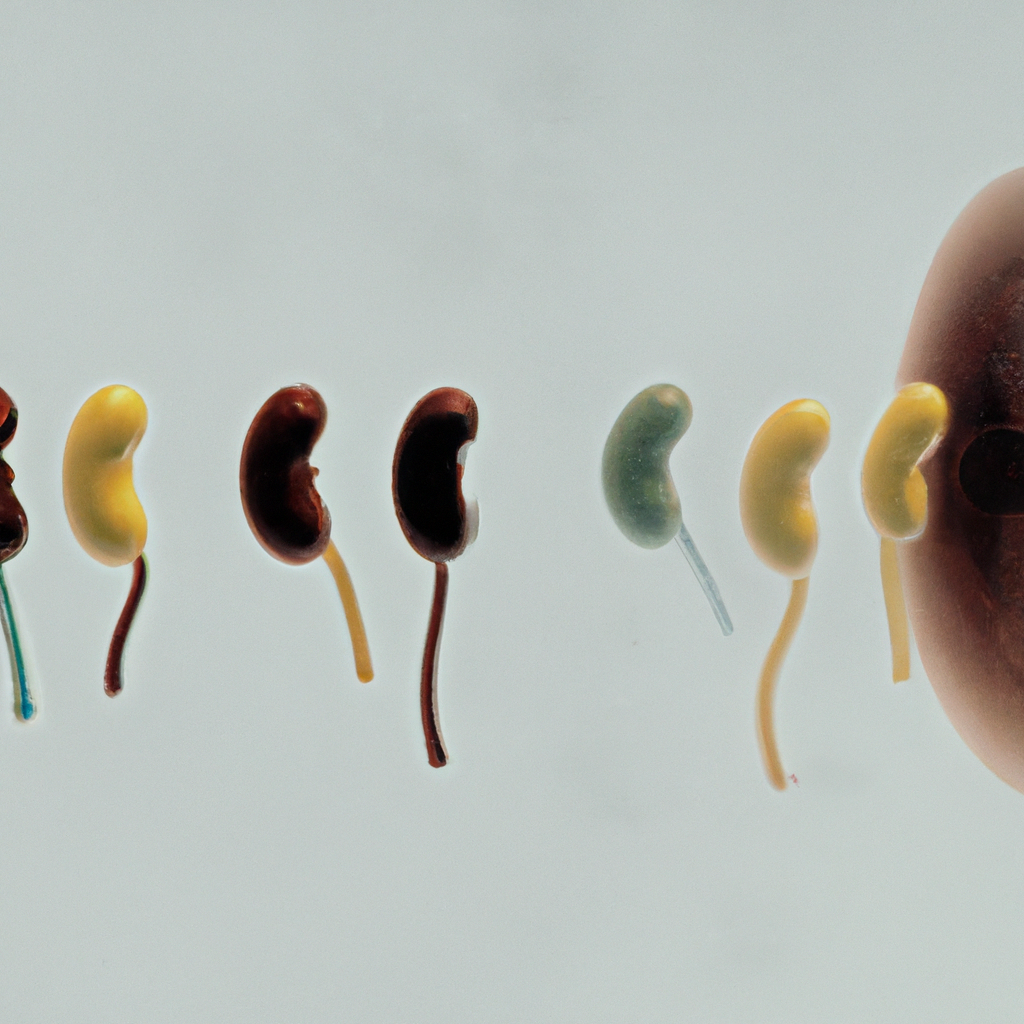-
Reading Roadmap
- Potential Treatment Targets for Diabetic Kidney Disease: Comprehensive Proteome-Wide Mendelian Randomization and Colocalization Studies
- Key Takeaways
- Introduction: Unraveling the Complexities of Diabetic Kidney Disease
- Proteome-Wide Mendelian Randomization and Colocalization Studies: A New Approach
- Identifying Potential Treatment Targets for DKD
- Implications and Future Directions
- FAQ Section
- What is diabetic kidney disease?
- What are proteome-wide Mendelian randomization and colocalization studies?
- What proteins have been identified as potential treatment targets for DKD?
- What are the implications of these findings?
- What is the next step in this research?
- Conclusion: Towards a New Era in DKD Treatment
- Further Analysis
Potential Treatment Targets for Diabetic Kidney Disease: Comprehensive Proteome-Wide Mendelian Randomization and Colocalization Studies

[youtubomatic_search]
Key Takeaways
- Diabetic kidney disease (DKD) is a major complication of diabetes and a leading cause of end-stage renal disease.
- Proteome-wide Mendelian randomization (MR) and colocalization studies can help identify potential treatment targets for DKD.
- These studies can provide insights into the biological pathways involved in the development and progression of DKD.
- Several proteins have been identified as potential therapeutic targets, including SHROOM3, SLC22A2, and LRP2.
- Further research is needed to validate these findings and develop effective treatments for DKD.
Introduction: Unraveling the Complexities of Diabetic Kidney Disease
Diabetic kidney disease (DKD) is a serious complication of diabetes, affecting approximately 40% of individuals with diabetes. It is a leading cause of end-stage renal disease, which requires dialysis or kidney transplantation. Despite advances in understanding the pathophysiology of DKD, effective treatments are still lacking. This article explores the potential of proteome-wide Mendelian randomization (MR) and colocalization studies in identifying novel treatment targets for DKD.
Proteome-Wide Mendelian Randomization and Colocalization Studies: A New Approach
Proteome-wide MR and colocalization studies represent a novel approach to uncovering the biological pathways involved in the development and progression of DKD. These studies use genetic variants as instrumental variables to infer causal relationships between proteins and disease outcomes. This approach can help overcome the limitations of traditional observational studies, which can be confounded by environmental factors and reverse causation.
Identifying Potential Treatment Targets for DKD
Recent proteome-wide MR and colocalization studies have identified several proteins as potential therapeutic targets for DKD. For example, a study by Ahlqvist et al. (2018) found that the protein SHROOM3, which is involved in cell shape regulation, is associated with DKD. Another study by Qiu et al. (2020) identified the protein SLC22A2, a transporter protein involved in the elimination of toxins and drugs from the body, as a potential target. Furthermore, a study by Salem et al. (2019) found that the protein LRP2, which is involved in the reabsorption of nutrients in the kidneys, is associated with DKD.
Implications and Future Directions
The identification of these proteins as potential treatment targets for DKD has important implications for the development of new therapies. However, further research is needed to validate these findings and to understand the mechanisms by which these proteins contribute to DKD. Moreover, clinical trials are needed to test the efficacy and safety of targeting these proteins in patients with DKD.
FAQ Section
What is diabetic kidney disease?
Diabetic kidney disease (DKD) is a complication of diabetes that affects the kidneys. It can lead to end-stage renal disease, which requires dialysis or kidney transplantation.
What are proteome-wide Mendelian randomization and colocalization studies?
These are studies that use genetic variants as instrumental variables to infer causal relationships between proteins and disease outcomes. They can help identify potential treatment targets for diseases like DKD.
What proteins have been identified as potential treatment targets for DKD?
Several proteins have been identified, including SHROOM3, SLC22A2, and LRP2. However, further research is needed to validate these findings.
What are the implications of these findings?
The identification of these proteins as potential treatment targets for DKD could lead to the development of new therapies. However, clinical trials are needed to test the efficacy and safety of these potential treatments.
What is the next step in this research?
The next step is to validate these findings and to understand the mechanisms by which these proteins contribute to DKD. Clinical trials are also needed to test the potential treatments.
Conclusion: Towards a New Era in DKD Treatment
In conclusion, proteome-wide MR and colocalization studies offer a promising approach to identifying potential treatment targets for DKD. The proteins SHROOM3, SLC22A2, and LRP2 have been identified as potential targets, opening up new avenues for the development of effective therapies. However, further research is needed to validate these findings and to translate them into clinical practice. As we continue to unravel the complexities of DKD, we move closer to a new era in its treatment.
[youtubomatic_search]
Further Analysis
Reviewing the key takeaways from this article, it is clear that proteome-wide MR and colocalization studies have the potential to revolutionize the treatment of DKD. By identifying novel treatment targets, these studies can pave the way for the development of effective therapies. However, the journey from bench to bedside is a long one, and further research is needed to validate these findings and to test the potential treatments in clinical trials. Nevertheless, the future looks promising for patients with DKD.

Leave a Reply